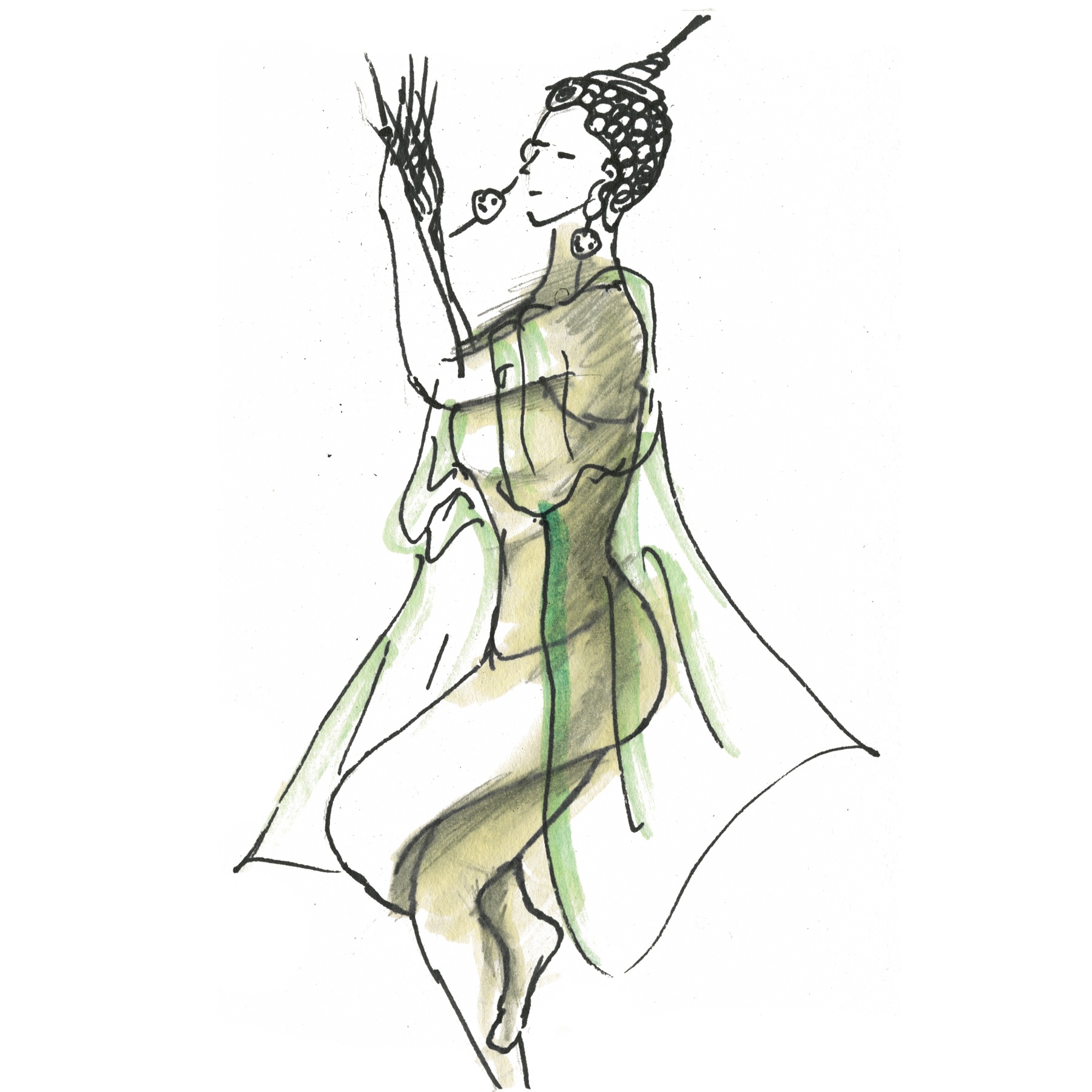Whether it’s for meditation, rehabilitation, or fun, the benefits of yoga are hard to deny, says Katie Hunter, a yoga instructor and assistant manager at the Moksha Yoga studio in Ottawa.
Yoga is a “harmonious experience” that brings together the mind and body. It was developed as an ancient Hindu practice that dates back 5,000 years, according to Yoga Innovations.
Yoga is based off of three main structures, which include exercise, breathing and meditation, according to the Better Health Channel.
“I often find myself thinking what I would be doing if I hadn’t discovered [yoga],” Hunter says. “For me, it’s just a really fun way to stay healthy and to find balance.”
Hunter describes Moksha yoga as a form of hot yoga that involves a sequence of 40 poses, which are run through in a heated studio room. The temperature is usually set to around 40 C.
“The benefits of practicing in a heated room versus a regular temperature room is just the added benefit of detoxification through sweating,” Hunter says. “The skin is the largest organ in our body so when we sweat, we release toxins that way.”
Because of the high temperatures, the muscles in the body can adapt quicker to the stretches, she adds. Another benefit is that hot yoga can be classified as a cardio workout, Hunter says.
Bikram yoga, another form of hot yoga, is a sequence of 26 set poses that are run through twice, Hunter says. The classes are always 90 minutes in length, whereas the types of poses in Moksha yoga vary between instructors.
“The yoga world is very vague, there’s so many different styles and there’s so many different studios to try,” Hunter says.
There are more than 100 yoga schools that are all built around the primary foundation of exercise, breathing and mediation, according to the American Yoga Association.
To see physical and mental results, it’s neccessary to practice at least three times a week, Hunter says, but she recommends five times per week for even more benefits.
Many people use yoga as a form of rehabilitation to heal injuries or pain. Hunter says she guesses 80 per cent of people who try out hot yoga have some type of lower back pain. Many people with knee issues or arthritis also take up the practice, she says.
“The hot room is really helpful for a lot of people with arthritis because it helps with the inflammation of the joints,” she explains.
Another type of yoga gaining in popularity is laughter yoga: a combination of laughter exercises combined with stretching and breathing. This type of yoga has no poses.
Stress reduction and mood elevation through the release of endorphins are some of the benefits of laughter yoga, says Sophie Terrasse, an instructor at Laughter Capital.
“[Laughter yoga is] revolutionary, and it’s a quick way to deal with a lot of challenges which we are facing and because it’s based on laughing for no reason. It’s something that everybody can do . . . it gives a lot of power in how we control our mood,” says Terrasse.
However, an article in the New York Times suggests that yoga does more harm to the body than it does good because many people do not realize that awareness of your body is more important than rushing through a series of poses you’ve never done before.
Glenn Black, a yoga instructor in New York City, told the Times that yoga students and teachers injure themselves because “most have underlying physical weaknesses or problems that make serious injury all but inevitable.”
“Yoga is for people in good physical condition. Or it can be used therapeutically. It’s controversial to say, but it really shouldn’t be used for a general class,” he told the Times.
Despite Black’s warning, Hunter recommends starting Moksha yoga slowly with only a couple classes a week, “just so your body gets used to it and so your body gets used to doing the poses.”
Because there are so many styles of yoga, most yoga instructors will suggest people try introductory classes to find a style that works for them, Hunter says.
Looking past the exercise and more into the deeper foundations of yoga, such as meditation and breathing, is where people will feel the most benefits, Hunter says.
“Just breathing is so integral to feeling good with yourself and in your body, just taking slow breaths and full breaths, and stretching your muscles and . . . getting your body alerted and having a new appreciation for your body and everything it
does for you,” she says.
The benefits of yoga, if practiced well and with care, can outweigh possibilities of further injury.
“You will notice a difference after one class just how you’re feeling. All the systems work a little more efficiently because you’re breathing and you’re getting that movement,” Hunter says.






